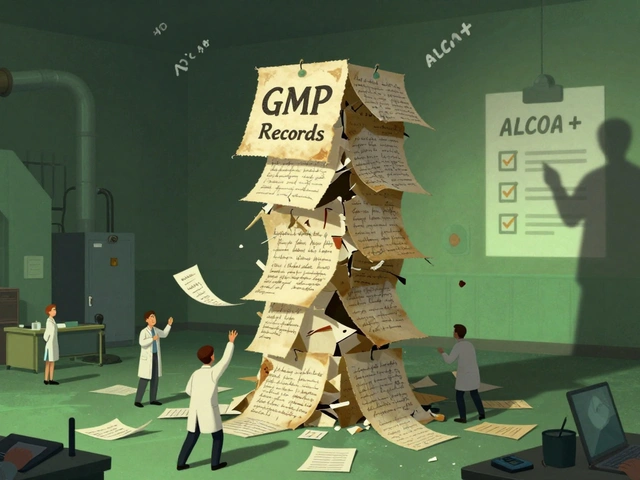Lamotrigine dosage: how to start, titrate, and adjust
Want a clear guide to lamotrigine dosing without a lot of fluff? Here’s the practical stuff you and your prescriber will use: how most people start, how dosing changes with other drugs, why slow titration matters, and when to talk to your doctor.
Common dosing and a sample titration
Lamotrigine dose depends on why you’re taking it and what other medicines you use. For many adults not on interacting drugs, a common titration looks like this: 25 mg once daily for 2 weeks, then 50 mg once daily for 2 weeks, then 100 mg once daily for 1 week, then move to a maintenance dose around 200 mg per day (often 100 mg twice daily). That schedule lowers the risk of rash while building up to an effective level.
If you take valproate (an enzyme inhibitor), doctors usually slow the start and use lower doses because valproate raises lamotrigine levels. If you take enzyme inducers like carbamazepine or phenytoin, lamotrigine is cleared faster and your doctor may use higher maintenance doses (sometimes 300–400 mg/day) or a faster titration. Kids get weight-based doses and a slower, carefully calculated titration—never use adult tablets for children without exact guidance from a clinician.
Safety notes, interactions, and monitoring
Rash is the big safety concern. Serious rashes (including Stevens-Johnson) are rare but can be severe. The single best way to reduce that risk is slow, rule-following titration. Stop and call your prescriber right away if you get an unexplained rash, swollen face, mouth sores, or severe fever.
Common side effects include dizziness, headache, blurred vision, nausea, and sleepiness. Lamotrigine interacts with several drugs: valproate increases lamotrigine levels and needs dose cuts; enzyme inducers lower lamotrigine levels and often need higher doses. Hormonal changes matter too—lamotrigine blood levels can fall during pregnancy, so many doctors check levels and may raise the dose then lower it after birth.
How will you know if the dose is right? Watch for fewer seizures or improved mood symptoms (for bipolar). Also watch side effects. Some people need slow tweaks up or down. Blood tests aren’t required just for lamotrigine levels in most cases, but clinicians may check when interactions, pregnancy, or unexpected side effects occur.
Final practical tips: always follow the exact titration your prescriber gives you, don’t stop suddenly, and tell any new provider about lamotrigine so they can avoid risky combinations. If cost or pill strength is an issue, pharmacists can often suggest convenient tablet strengths or splitting strategies that match safe titration. Questions about your specific dose? Ask your doctor or pharmacist—they’ll adjust based on other meds, weight, and how you respond.
Lamotrigine Dosage: Finding the Right Amount for You
In my recent blog post, I explored the topic of finding the right Lamotrigine dosage for your individual needs. Lamotrigine is an anticonvulsant medication used for treating epilepsy and bipolar disorder, but finding the correct dosage can be a bit tricky. I discussed the importance of working closely with your healthcare provider, as they will consider factors such as your age, weight, and medical history to determine the best dosage for you. It's essential to follow their guidance and monitor any side effects, as adjustments may be necessary. Remember, finding the right Lamotrigine dosage is crucial in managing your symptoms effectively and maintaining your overall health.






